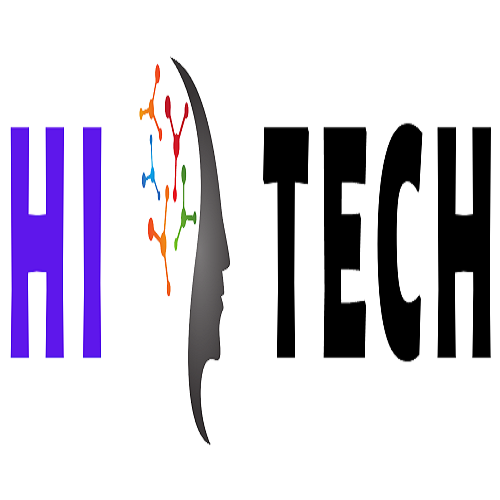NASA OVERVIEW
NASA, the National Aeronautics and Space Administration, is
a renowned agency that has made remarkable contributions to science and
technology. NASA has played a crucial role in space exploration, satellite
communication, weather prediction, and various other areas of technological
development. NASA's innovative technological solutions have transformed the
world in many ways, and the agency continues to push the boundaries of human
knowledge and capability. In this article, we will discuss some of the most exciting
and influential NASA technologies.
Solar Cells:
Solar cells are an essential component of space exploration
as they provide electricity to spacecraft, satellites, and other systems. NASA
has been instrumental in developing and improving solar cell technology, and
its advancements have had a significant impact on the wider world.
In the 1970s, NASA developed a more efficient solar cell
technology that used silicon to convert sunlight into electricity. This
technology was used on the Viking 1 and 2 landers, which successfully landed on
Mars in 1976. Later, NASA developed a new type of solar cell using a thin-film
coating of gallium arsenide, which is even more efficient and has become the
industry standard for many space missions.
These solar cell technologies have also had a significant
impact on the commercial solar industry, which has seen a rapid growth in
recent years. NASA's research has contributed to the development of more
efficient and cost-effective solar panels, which are now commonly used to power
homes, businesses, and other applications.
Memory Foam:
Memory foam is a type of polyurethane foam that was
originally developed by NASA in the 1960s to improve the safety and comfort of
aircraft seats. The material was designed to improve cushioning and reduce the
impact of collisions, and it was later adapted for use in hospitals and other
medical settings.
Memory foam mattresses, pillows, and other products have
become incredibly popular in recent years, and NASA's original research is
still responsible for the material's widespread use today.
Water Filtration Systems:
Water filtration systems are crucial for space exploration,
as astronauts need a reliable source of clean drinking water during long space
missions. NASA has been at the forefront of water filtration technology,
developing a range of systems that can effectively remove impurities and
contaminants from water.
One of NASA's most significant contributions to water
filtration technology is the development of the forward osmosis water
purification system, which uses a semi-permeable membrane to filter out
contaminants. This technology has been adapted for use in remote and developing
areas, where access to clean water is limited.
Smoke Detectors:
Smoke detectors are a vital safety feature in modern homes,
and NASA's contributions to the technology have helped to make them more
reliable and effective. NASA's smoke detector technology uses a process called
ionization, which detects the presence of smoke particles in the air.
NASA's smoke detector technology has been adapted for use in
commercial and residential buildings, and it has helped to save countless lives
by detecting fires and alerting occupants to potential dangers.
Cordless Tools:
Cordless tools are a staple in many households, and NASA
played a significant role in their development. In the 1960s, NASA developed a
cordless drill for use during the Apollo missions, which needed to be
lightweight and compact enough to be used in space.
Today, cordless tools are commonly used in construction,
manufacturing, and DIY projects, and they have become an essential part of many
people's lives.
Infrared Thermometers:
Infrared thermometers are a useful tool for measuring
temperature, and NASA's contributions to the technology have made them more
reliable and accurate. NASA developed infrared thermometers for use in space,
where traditional thermometers were not effective due to the lack of air and
other factors.
NASA's infrared thermometers are now commonly used in a wide
range of industries,
Scratch-resistant lenses:
NASA developed a scratch-resistant coating for astronaut
helmet visors to protect them from damage during space walks. The coating,
called "Diamond Like Coating" (DLC), was later adapted for use in
eyeglasses, camera lenses, and other applications where scratch-resistance is
important.
Memory Alloy:
Memory alloy is a type of metal that can return to its original
shape after being deformed, and it was originally developed by NASA for use in
spacecraft. The material has since been adapted for use in medical devices,
such as stents and braces, and in other industrial applications.
Robotic Arms:
Robotic arms are essential for space exploration, as they
can be used to manipulate and move objects in space. NASA developed the first
robotic arm for use on the space shuttle in the 1980s, and the technology has
since been adapted for use in a range of industries, including manufacturing
and medicine.
GPS:
While NASA did not directly develop GPS, the agency played a
significant role in its development by providing critical research and
technology. GPS has had a profound impact on navigation and communication, and
it is used in a range of industries, including transportation, agriculture, and
emergency services.










2 Comments
Great 👍
ReplyDeleteWa g wa
ReplyDelete